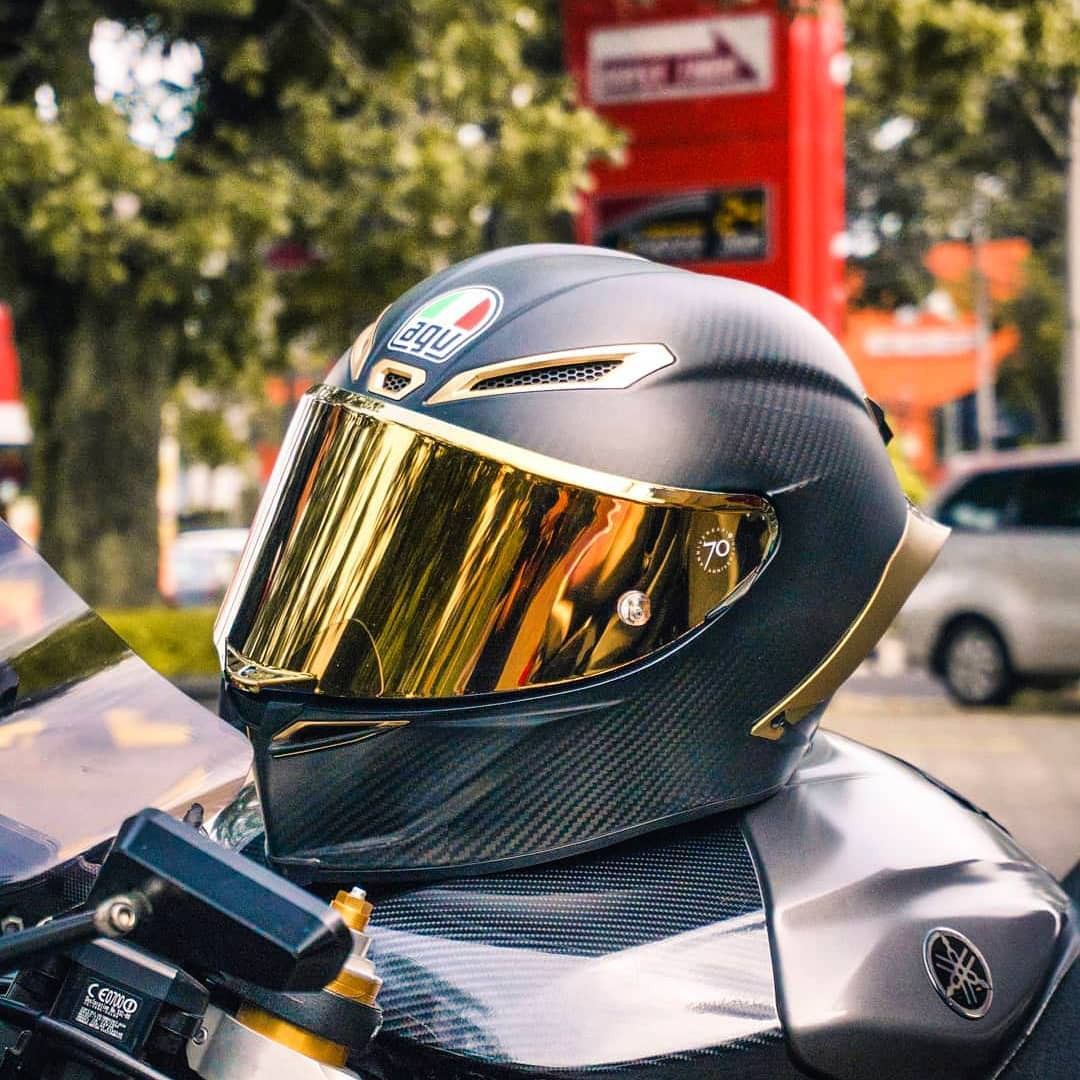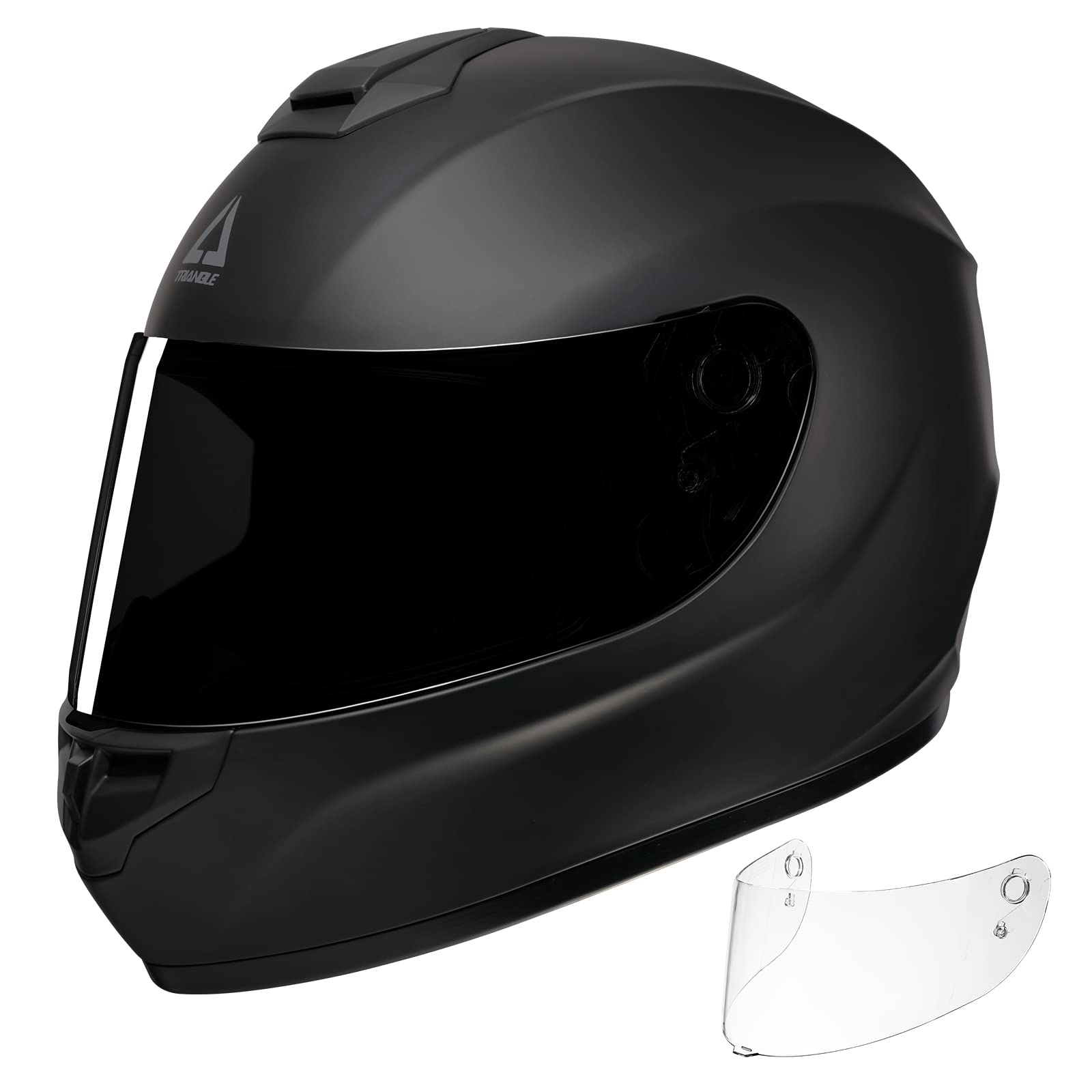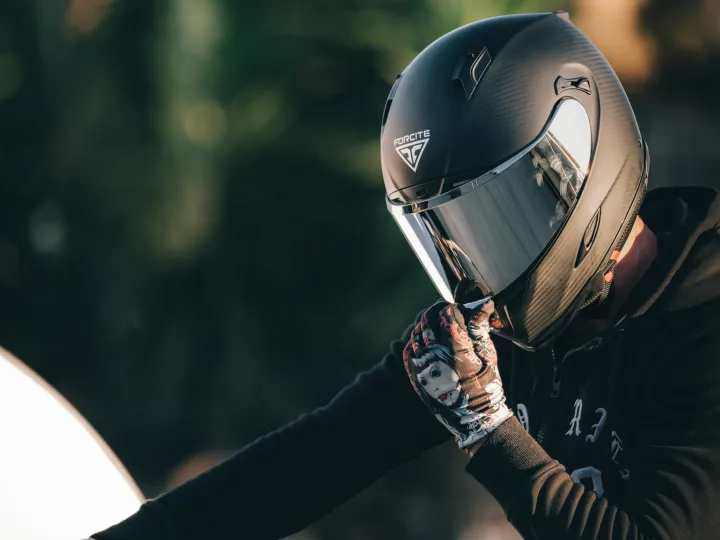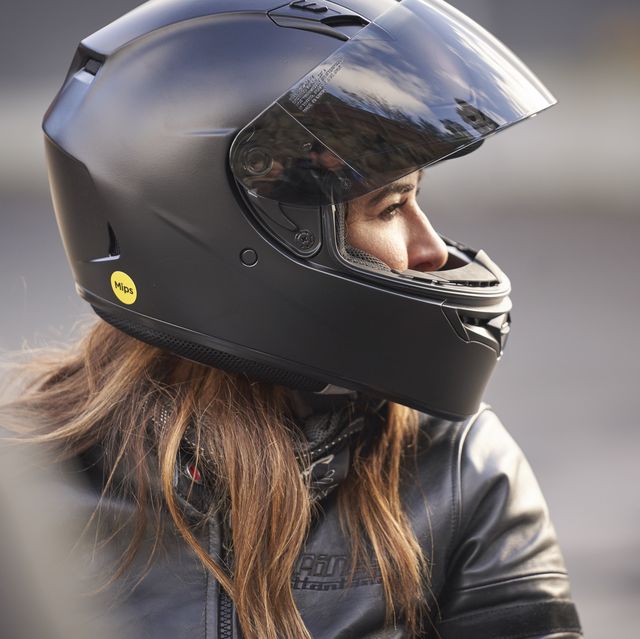Motorcycle helmets are an essential piece of gear for riders, providing both safety and style. In this article, we will explore the importance of motorcycle helmets in protecting riders, the different types of helmets available, their features and technologies, the impact of helmet design on style, the role of helmets in motorcycle culture, and the future trends in helmet technology and design.

I. Ensuring Safety: The Importance of Motorcycle Helmets
1.1 Protecting the Head:
Motorcycle helmets play a critical role in protecting riders’ heads in the event of accidents or crashes. The outer shell of the helmet absorbs impacts and distributes the force, while the inner liner cushions the head and reduces the risk of traumatic brain injuries. Wearing a helmet is an essential safety measure that significantly improves overall rider safety.
1.2 Meeting Safety Standards:
Motorcycle helmets are subject to rigorous safety standards to ensure their effectiveness. These standards, such as DOT (Department of Transportation) and ECE (Economic Commission for Europe) certifications, require helmets to meet specific impact resistance, penetration resistance, and retention system standards. Compliance with these safety standards provides riders with the assurance that their helmets have been tested and approved for maximum protection.

II. Exploring Helmet Types: A Range of Options for Every Rider
2.1 Full-Face Helmets:
Full-face helmets are designed to provide the highest level of protection for riders. They cover the entire head, including the face and chin, ensuring complete coverage in the event of an accident or impact. The built-in visor or shield offers protection against wind, debris, and harmful UV rays, keeping the rider’s face and eyes shielded from potential hazards. Full-face helmets are popular among sportbike riders who prioritize safety and aerodynamics. The streamlined design reduces wind resistance, allowing riders to maintain optimal speeds with minimal drag. The snug fit of full-face helmets also reduces noise levels, providing a quieter and more comfortable riding experience.
2.2 Modular Helmets:
Modular helmets, also known as flip-up helmets, provide the versatility of both full-face and open-face helmets. They feature a hinged chin bar that can be easily flipped up, allowing riders to conveniently communicate, drink, or eat without removing the entire helmet. This flexibility is particularly beneficial for touring riders who may need to make quick stops or interact with others during their journeys. The ability to switch between full-face and open-face configurations offers convenience and adaptability, catering to the specific needs and preferences of riders. Modular helmets also provide improved ventilation compared to full-face helmets, as riders can lift the chin bar to allow more airflow during hot weather conditions. However, it’s important to note that modular helmets should only be used in the closed position while riding to ensure maximum protection.

III. Technology and Features: Enhancing Safety and Comfort
3.1 Impact Absorbing Materials:
Modern motorcycle helmets incorporate advanced materials such as polycarbonate, fiberglass, and carbon fiber to enhance impact absorption and reduce weight. These materials provide optimal protection while ensuring comfort and reducing fatigue during long rides.
3.2 Ventilation Systems:
Ventilation systems in motorcycle helmets help regulate airflow, preventing overheating and fogging. Strategically placed vents and exhaust ports facilitate the flow of air, keeping riders cool and comfortable in varying weather conditions. The ability to control airflow is crucial for comfort, especially during hot summer rides.

IV. Style and Design: Making a Statement on Two Wheels
4.1 Customization Options:
Helmets offer a wide range of customization options, allowing riders to express their personal style and preferences. Custom paint jobs, graphic decals, and personalized accessories make it possible for riders to create a helmet design unique to their individuality, reflecting their personality and passion.
4.2 Iconic Helmet Designs:
Certain helmet designs have become iconic within motorcycle culture. From the classic black and chrome look associated with cruiser bikes to the bold and flashy designs favored by sportbike riders, helmet aesthetics have become an important part of rider identity and the overall motorcycle culture. Well-known brands collaborate with artists and designers to create limited-edition helmets that showcase unique and artistic designs.
V. Motorcycle Helmets in Culture: Safety as a Statement
5.1 Symbol of Responsibility:
Wearing a motorcycle helmet is not just about safety; it is also a statement of responsibility and respect for oneself and others on the road. Riders who prioritize safety by donning their helmets demonstrate a commitment to protecting themselves and setting a positive example for others, promoting a safer riding culture as a whole.
5.2 Influence on Motorcycle Fashion:
Motorcycle helmets have influenced motorcycle fashion trends, with riders incorporating helmet designs into their overall style. Retro-inspired helmet designs, vintage graphics, and bold color schemes have become fashion statements in the motorcycle community, adding a touch of personal flair to riders’ outfits.

VI. Future Trends in Helmet Technology: Advancing Safety and Innovation
6.1 Integrated Communication Systems:
The integration of communication systems within helmets is a growing trend. Bluetooth technology allows riders to connect to their smartphones, GPS systems, and other riders, enabling hands-free communication, music streaming, and navigation, without compromising safety.
6.2 Enhanced Safety Features:
Advancements in helmet technology also focus on incorporating enhanced safety features. Heads-up displays (HUDs) are being integrated into helmets to provide riders with important information, such as speed, navigation instructions, and even rearview camera feeds, directly in their field of vision. This eliminates the need for riders to take their eyes off the road, promoting better situational awareness and reducing distractions.
Furthermore, rearview cameras installed on the back of helmets provide riders with a clear view of the traffic behind them. This additional view enhances safety by allowing riders to anticipate and react to potential hazards or obstacles at the rear. These rearview systems can also utilize intelligent detection algorithms to alert riders of potential dangers or sudden changes in traffic patterns, further enhancing safety.
Intelligent crash detection systems are another advancement in helmet safety features. These systems use sensors and algorithms to detect accidents or crashes and automatically send an alert to emergency services or designated contacts, providing prompt assistance in critical situations. This technology can save valuable time in obtaining medical attention for injured riders.
In conclusion, motorcycle helmets play a crucial role in ensuring rider safety and offer a variety of options to cater to individual preferences. By meeting strict safety standards and incorporating advanced technologies, helmets provide protection and comfort on the road. Moreover, helmets have become a fashion statement and an integral part of motorcycle culture. As technology continues to advance, future helmet innovations will further enhance safety and offer exciting features for riders.


